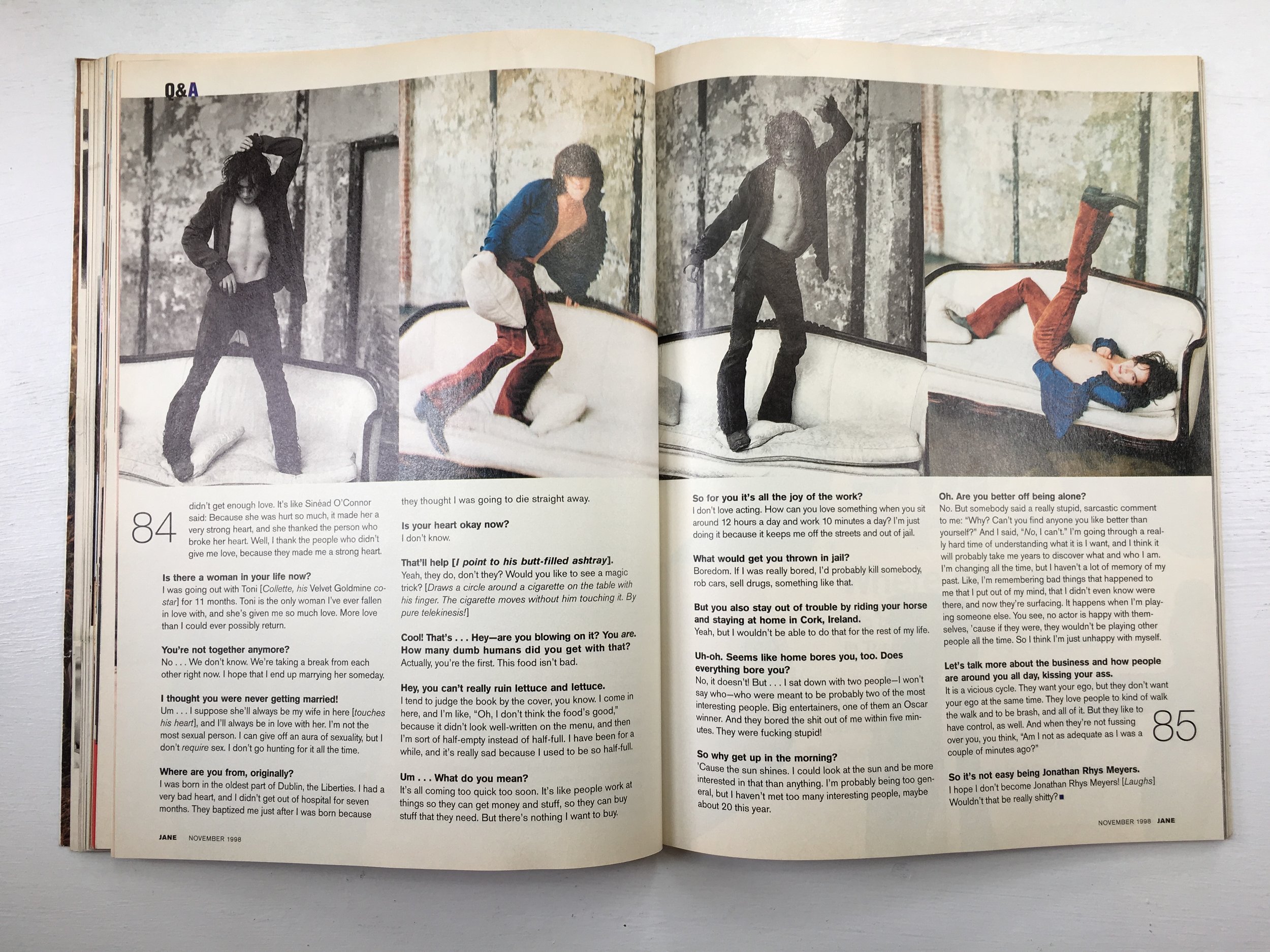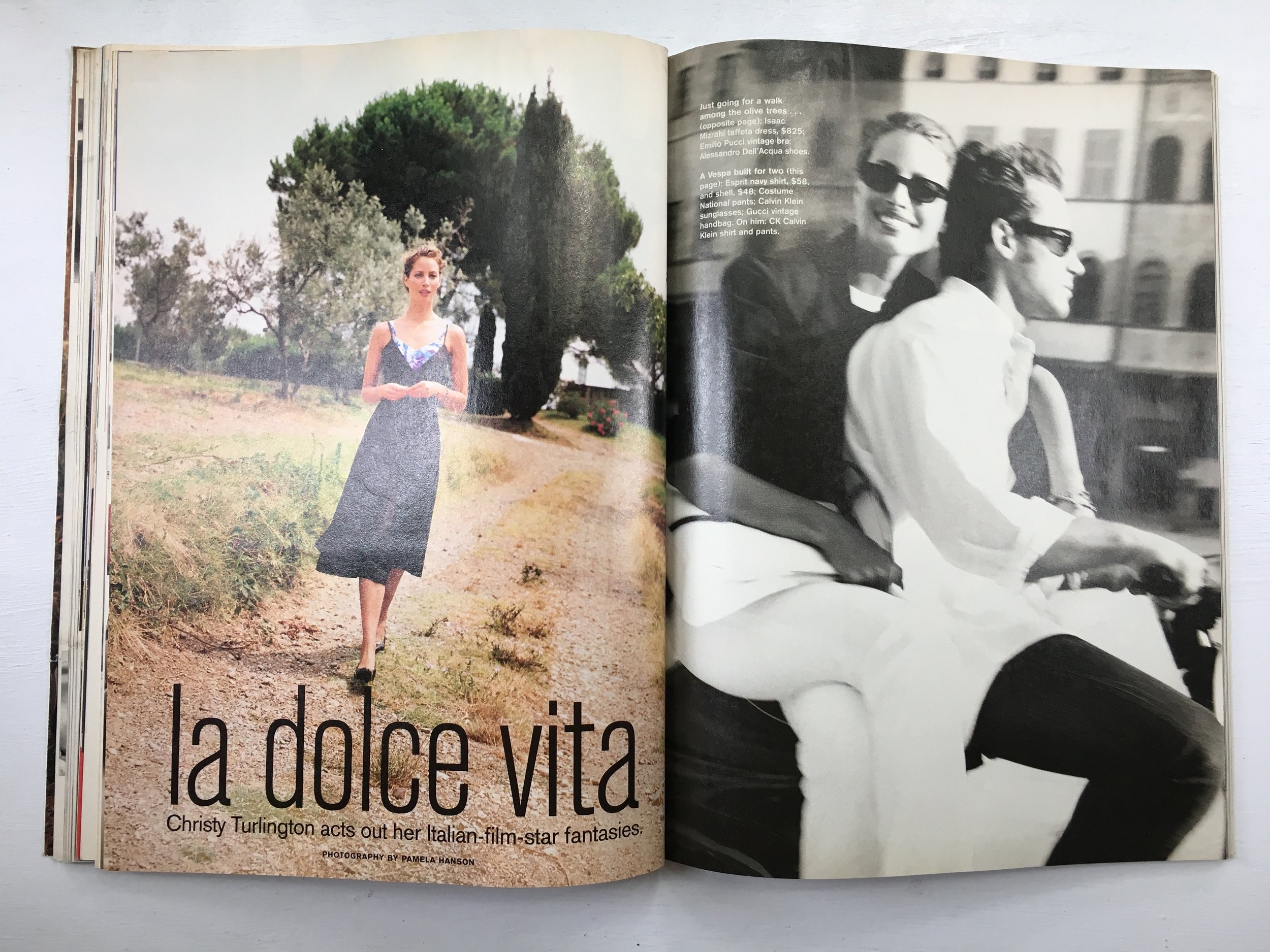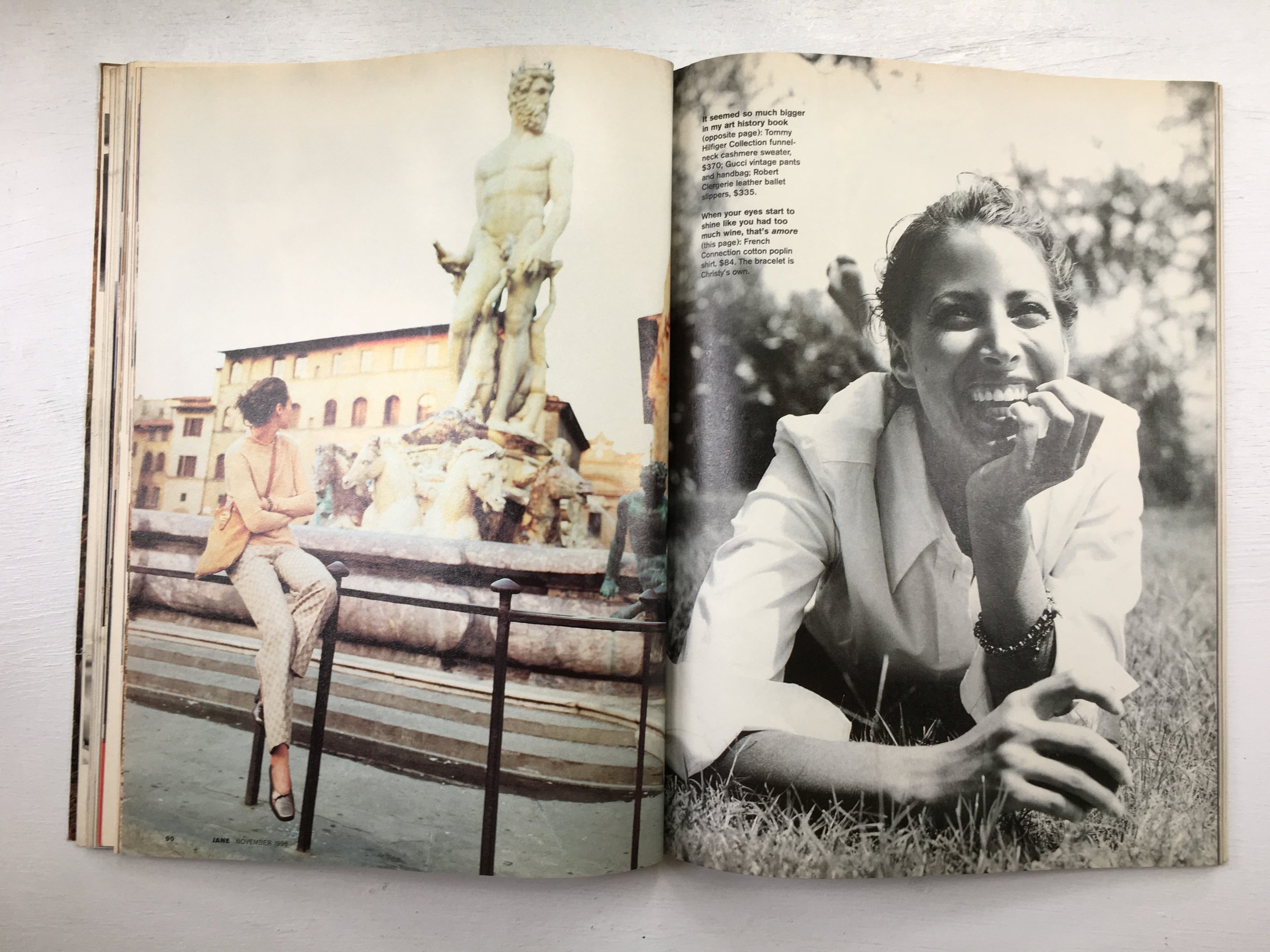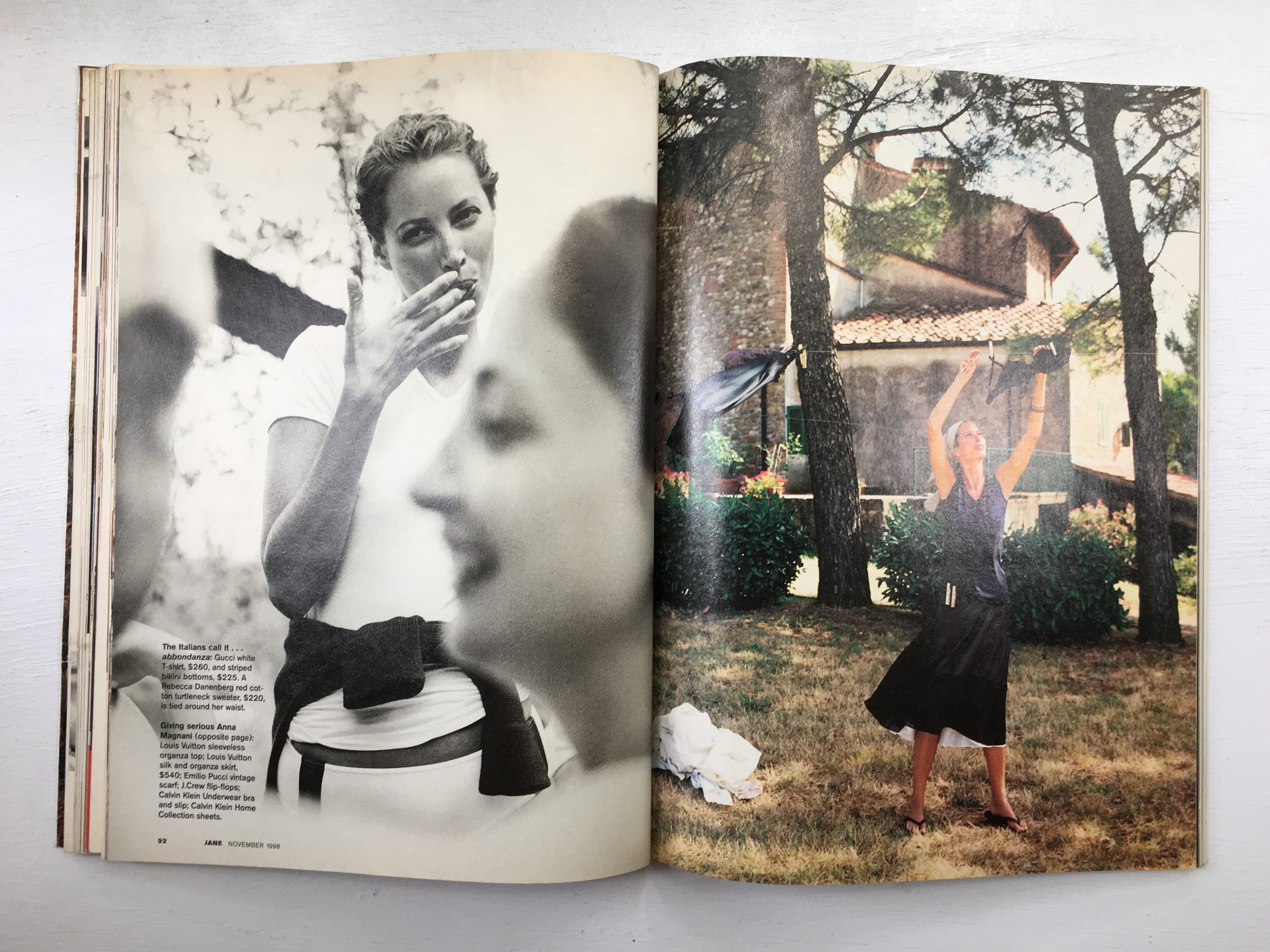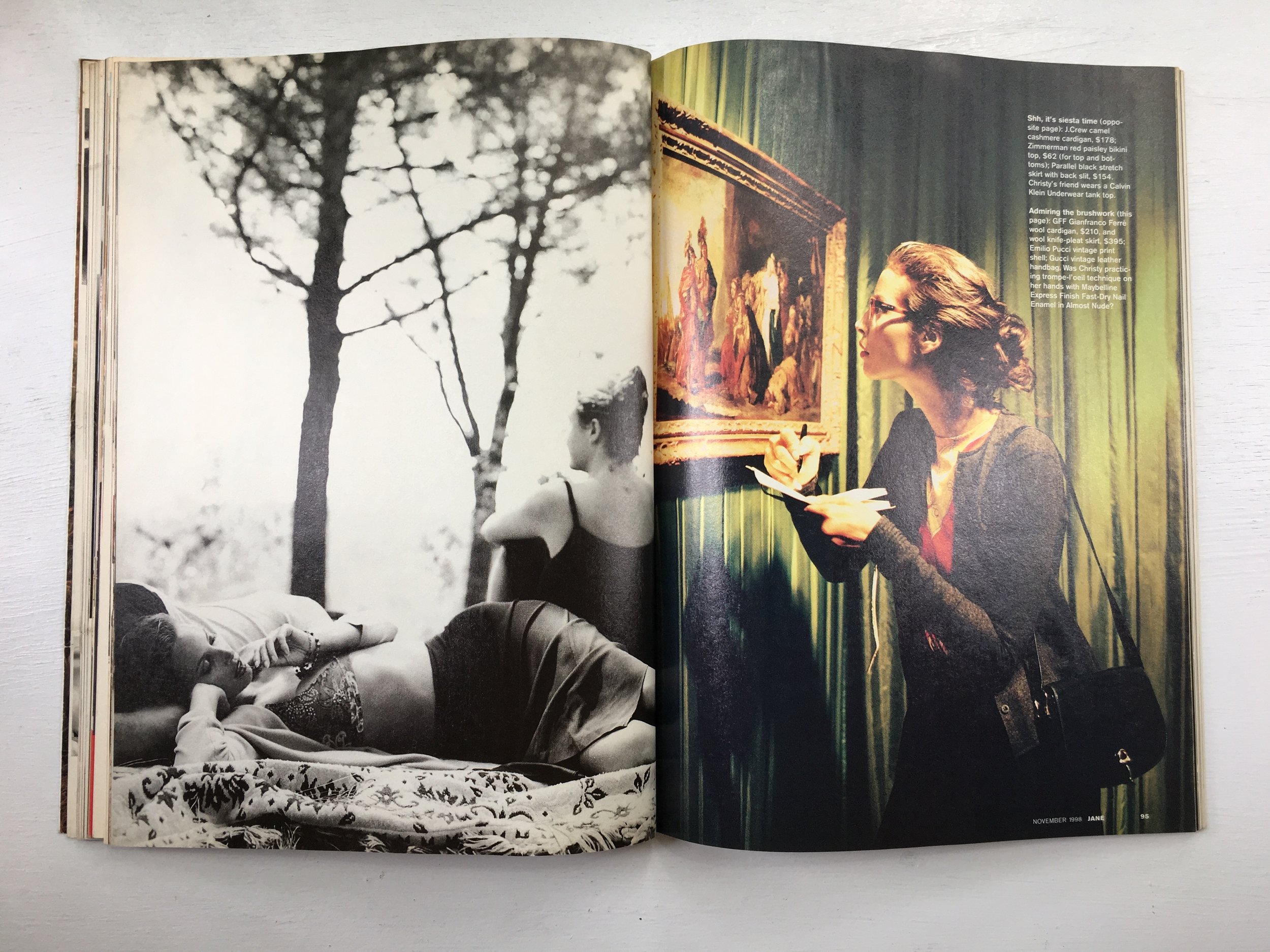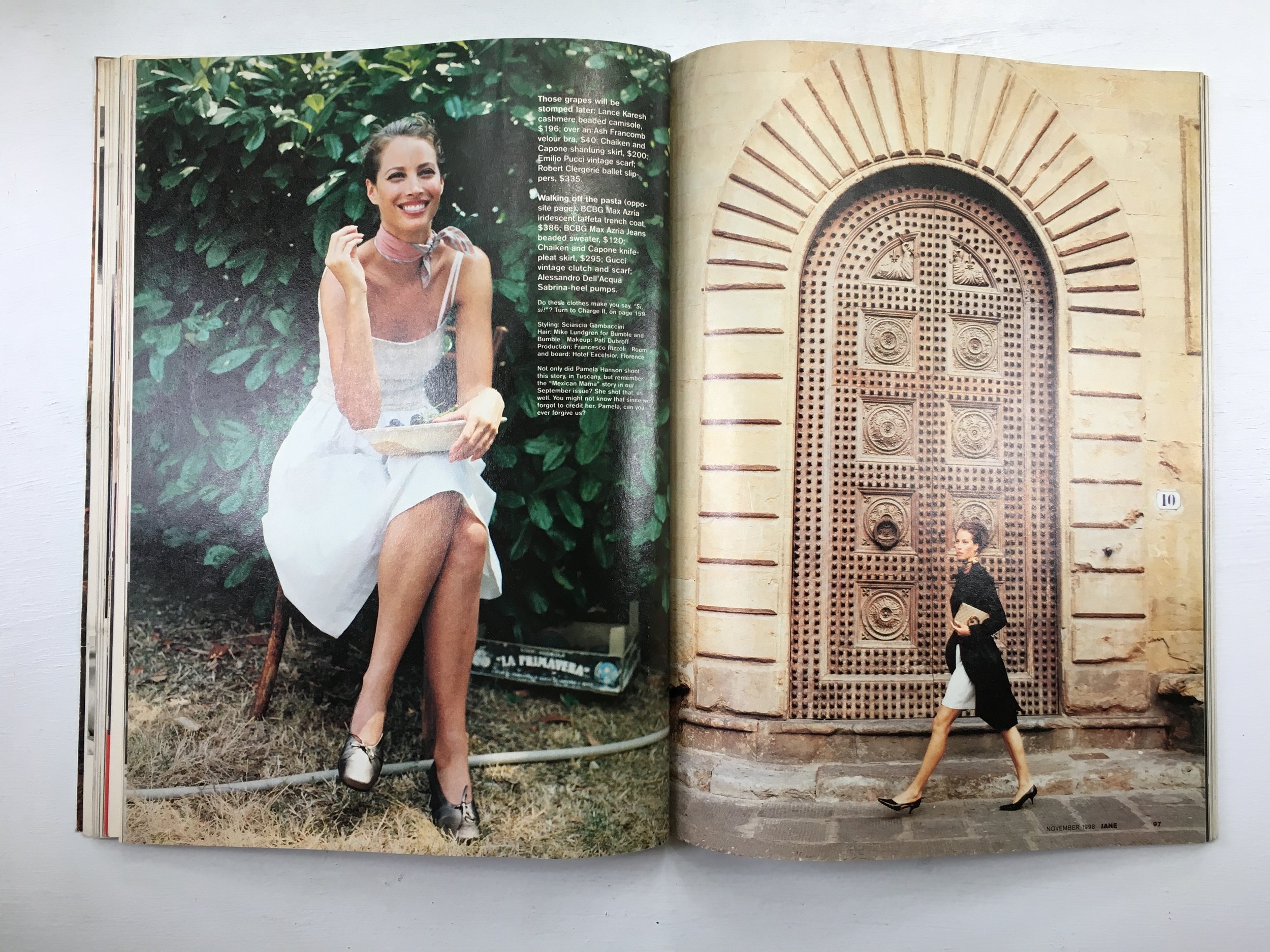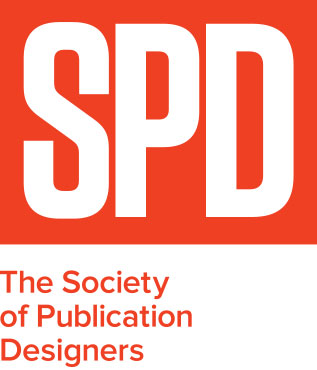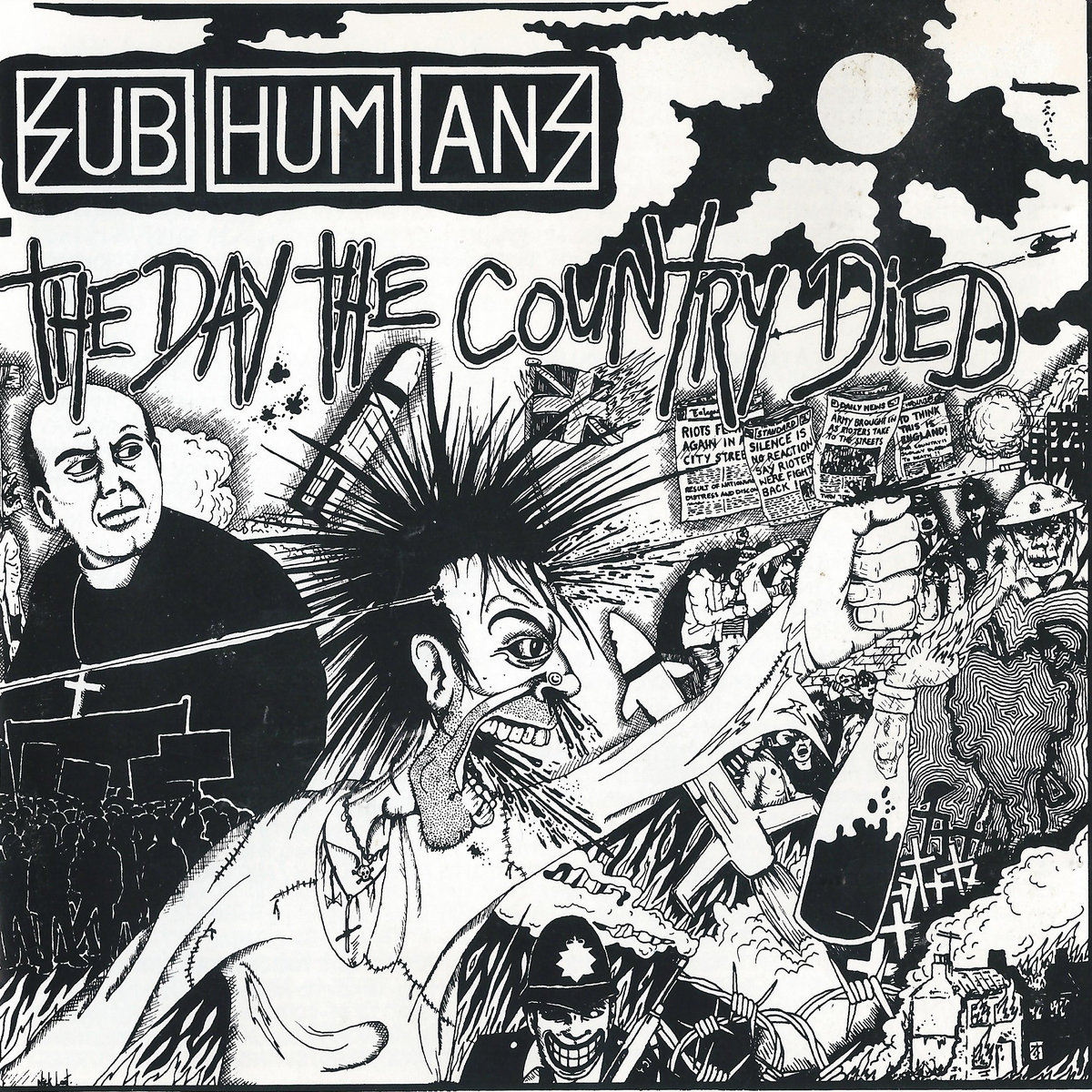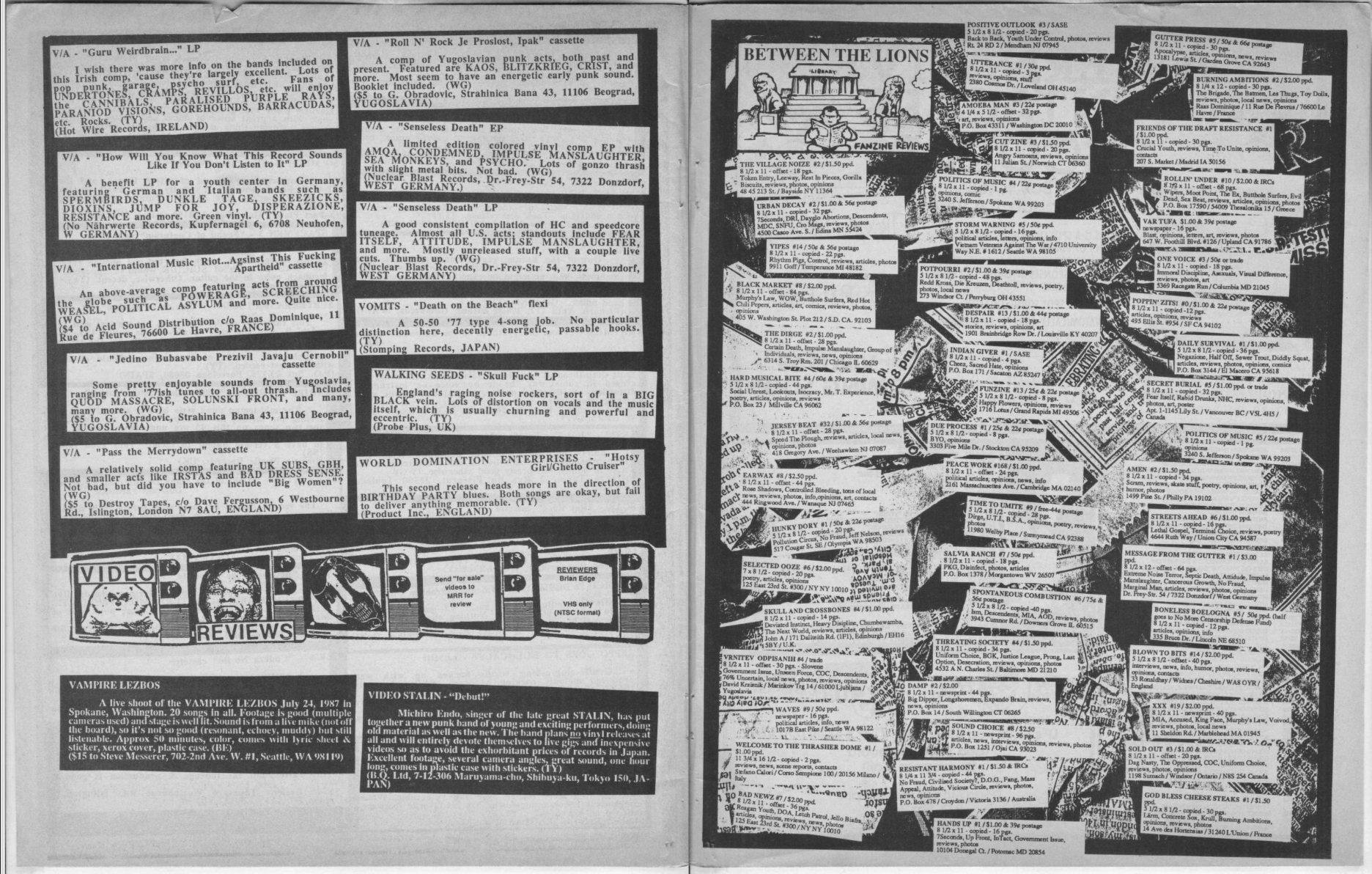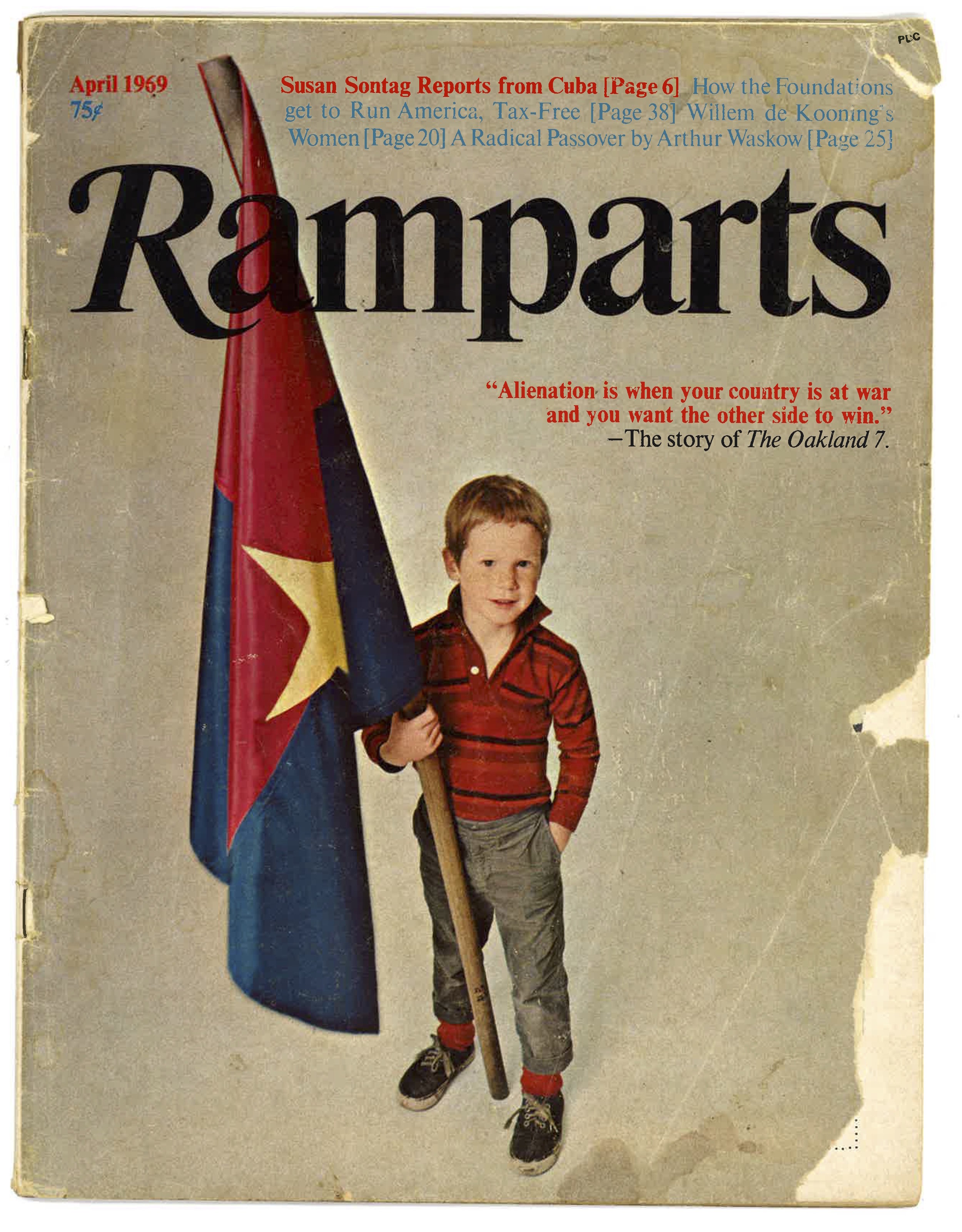Toni Paciello Loggia, Photo Director at Shape Magazine
/Toni Paciello Loggia: My career in magazines started nearly 20 years ago to the day, in August of 1998. I was hired fresh out of Parsons where I had studied Photography and became the Photo Assistant at Redbook magazine. As a newbie in publishing, I ate, drank and slept magazines. I loved (and still do) flipping through magazines, acquainting myself with photographers, getting inspired by the photography and tearing out pages and pinning them to my wall. One of the magazines that I was always drawn to made its debut the year before--- JANE. It was different from all of the other glossy beauty and fashion books. While it was still gorgeous to look at, it was real. The photographs felt casual and spontaneous. They were not overly retouched and unattainable. The celebrity features were particularly candid. You truly felt like you were being granted a glimpse into someone’s life; not a glossed-up version of who they wanted you to think they were. The premiere issue featured Drew Barrymore, photographed by Carter Smith. She truly was the perfect cover girl for the first issue. There was movement in the photos as she laughed, tumbled, and strolled. You could see the grain in the film and could feel the movement of the photographer following his subject. The photographs drew you in and included you in the experience. I distinctly remember a later cover the following year with Reese Witherspoon. It was a black and white portrait of her squinting one eye with a wrinkle in her nose and curled up lip, shot by Robert Erdmann. It grabbed your attention because it had a voice and an opinion—all without saying a word. That truly is the mark of a great photograph. So much talent graced the pages—Terry Richardson, Pamela Hanson, Francois Nars—names that became synonymous with fashion editorials of that time—and still are.
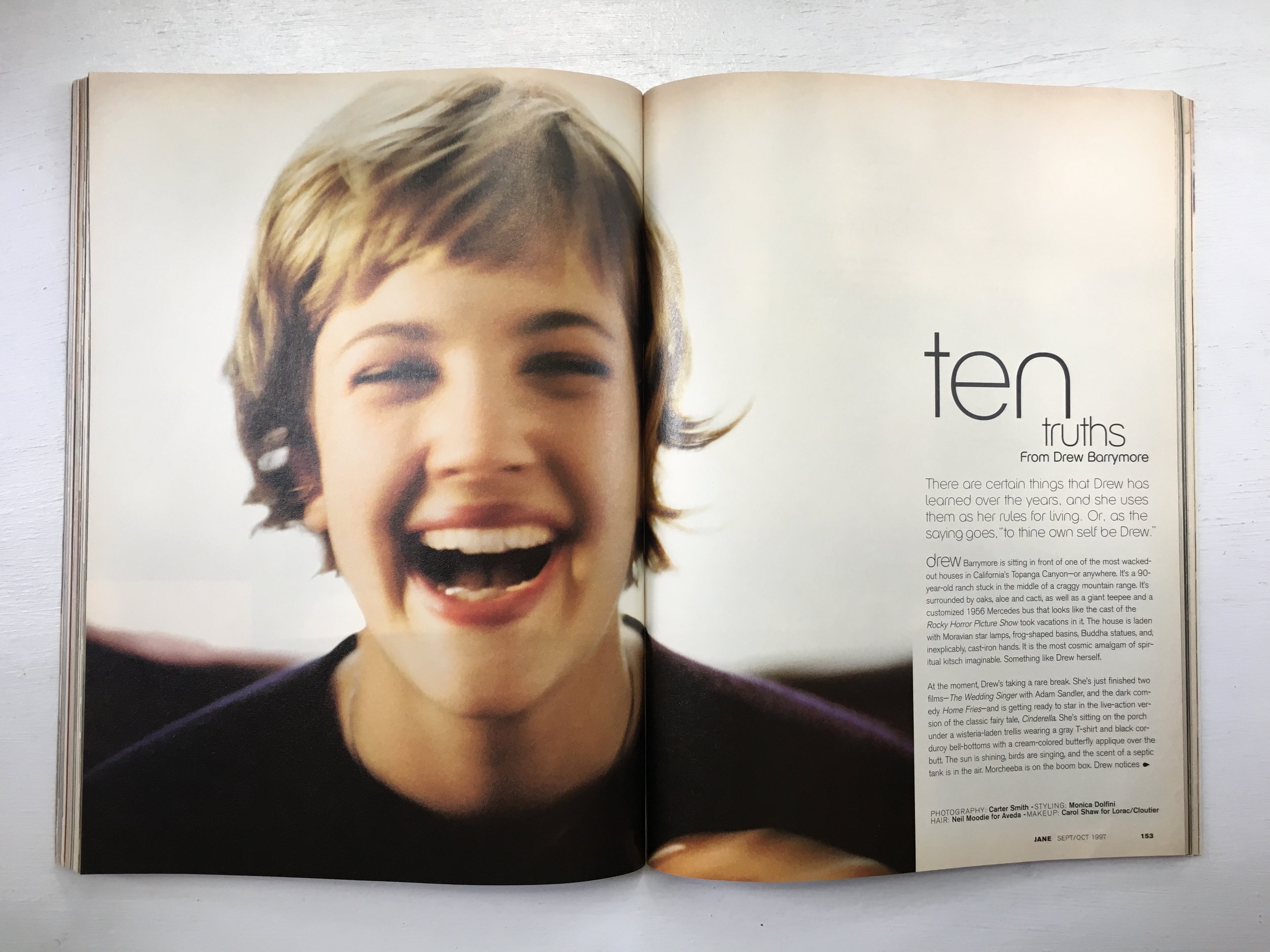
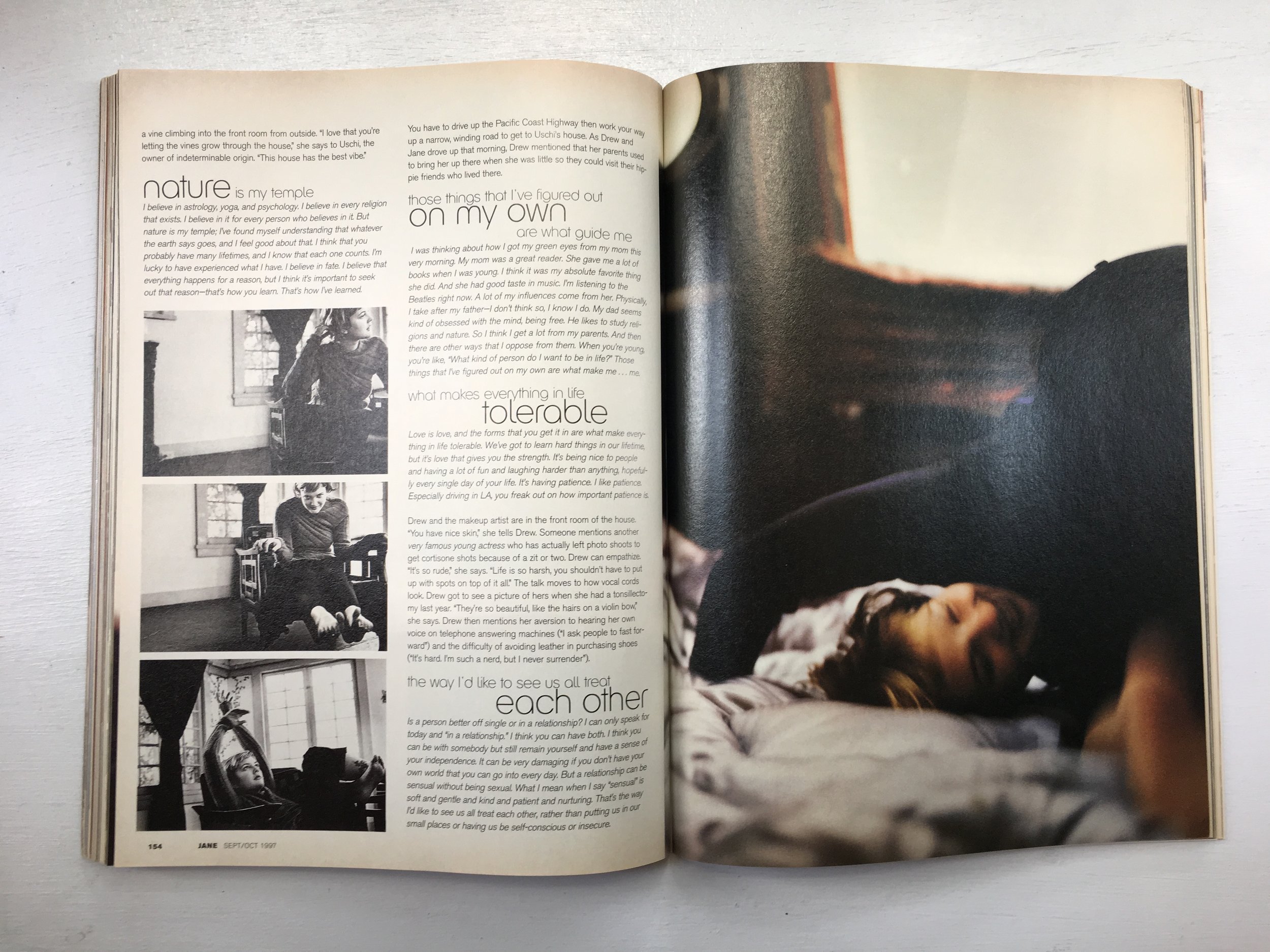

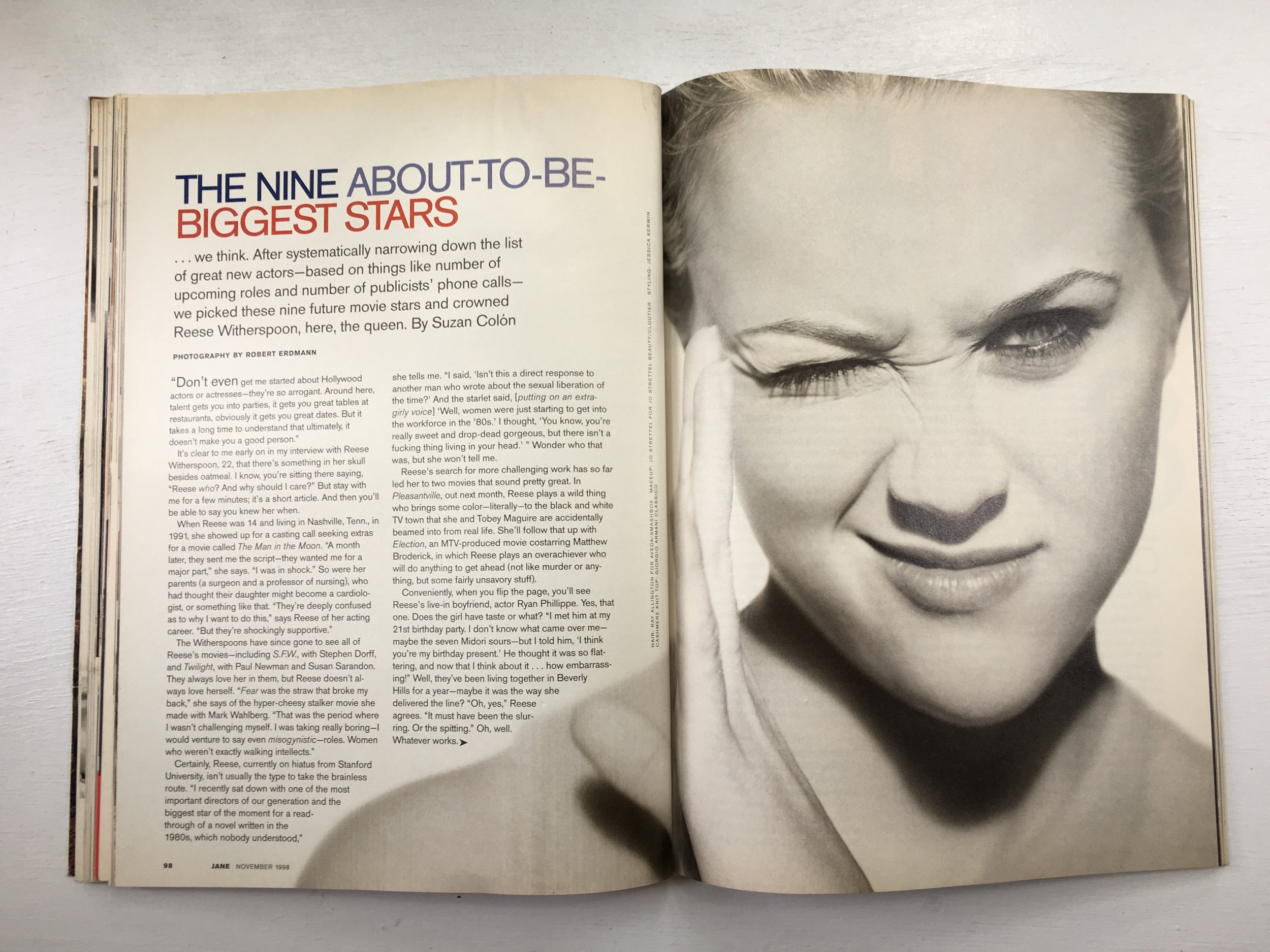
Aside from the gorgeous visuals, JANE had a distinct voice—one that was strong and powerful, and feminist. It didn’t shy away from controversial editorial. Some of my favorite headlines: “No Women Allowed. The Promise Keepers is a right-wing Christian group that bans women and preaches that man is the boss. Our writer joined up and found out it’s not as good as it sounds.”; “Pigs in Space. Picture Yourself Here? Don’t count on it- only about 20 percent of astronauts are women. But that beats the years when John Glenn helped to keep us completely out. Some Hero.”; “Sex Can Make You Nervous. He’s supposed to be the stiff one, not you. If you’ve got performance anxiety, turn the page and calm yourself.”; “I Went Undercover as A White Supremacist. The Aryan Nations is a racist, hate-filled world where white males dominate. Paige Jarrett attends the World Congress to try to find out why any woman in her right mind would join.” JANE was smart, and provocative and challenged its readers to be the same. It’s sad to think that so many of these topics are still “current” events twenty years later…
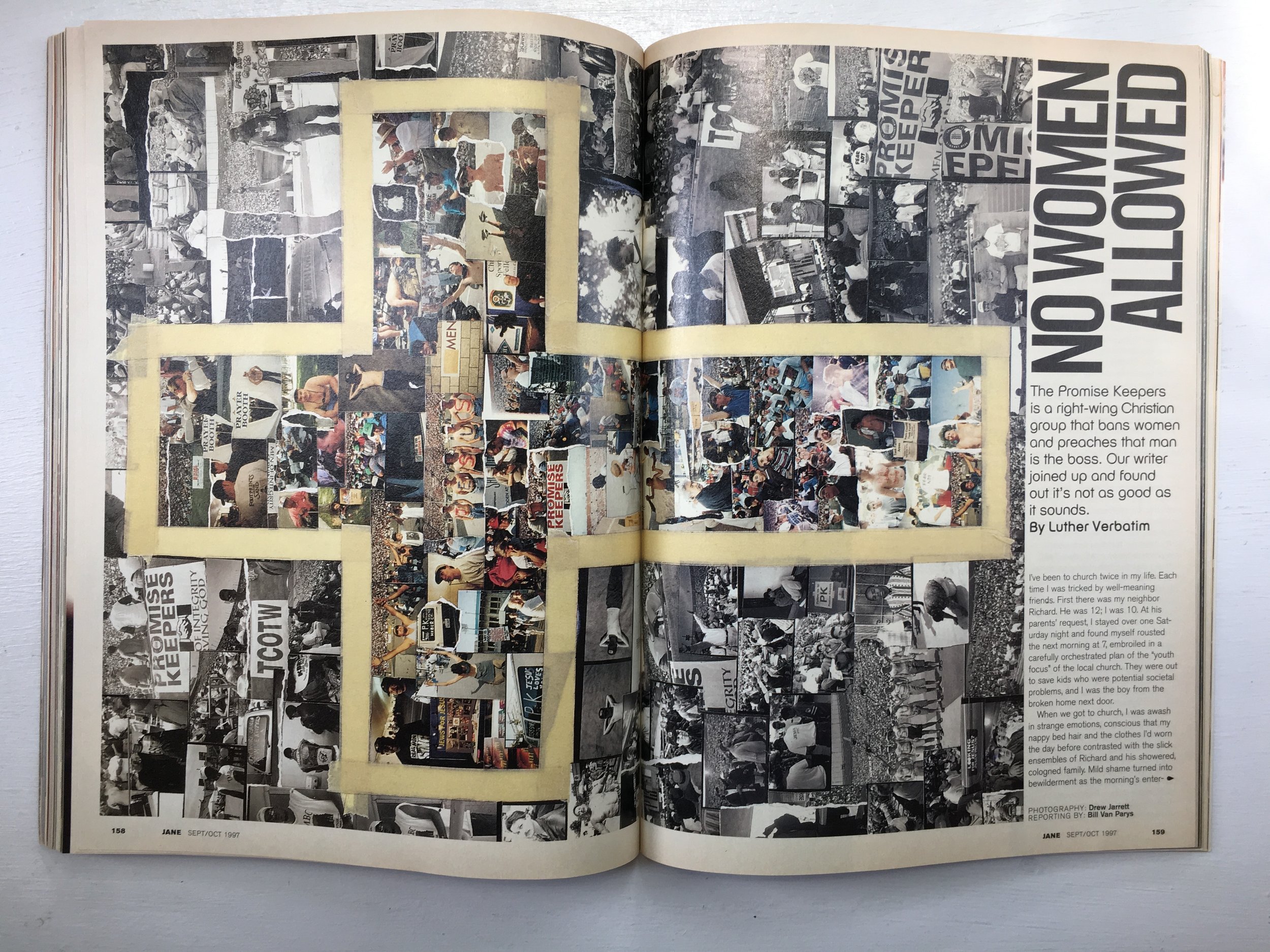
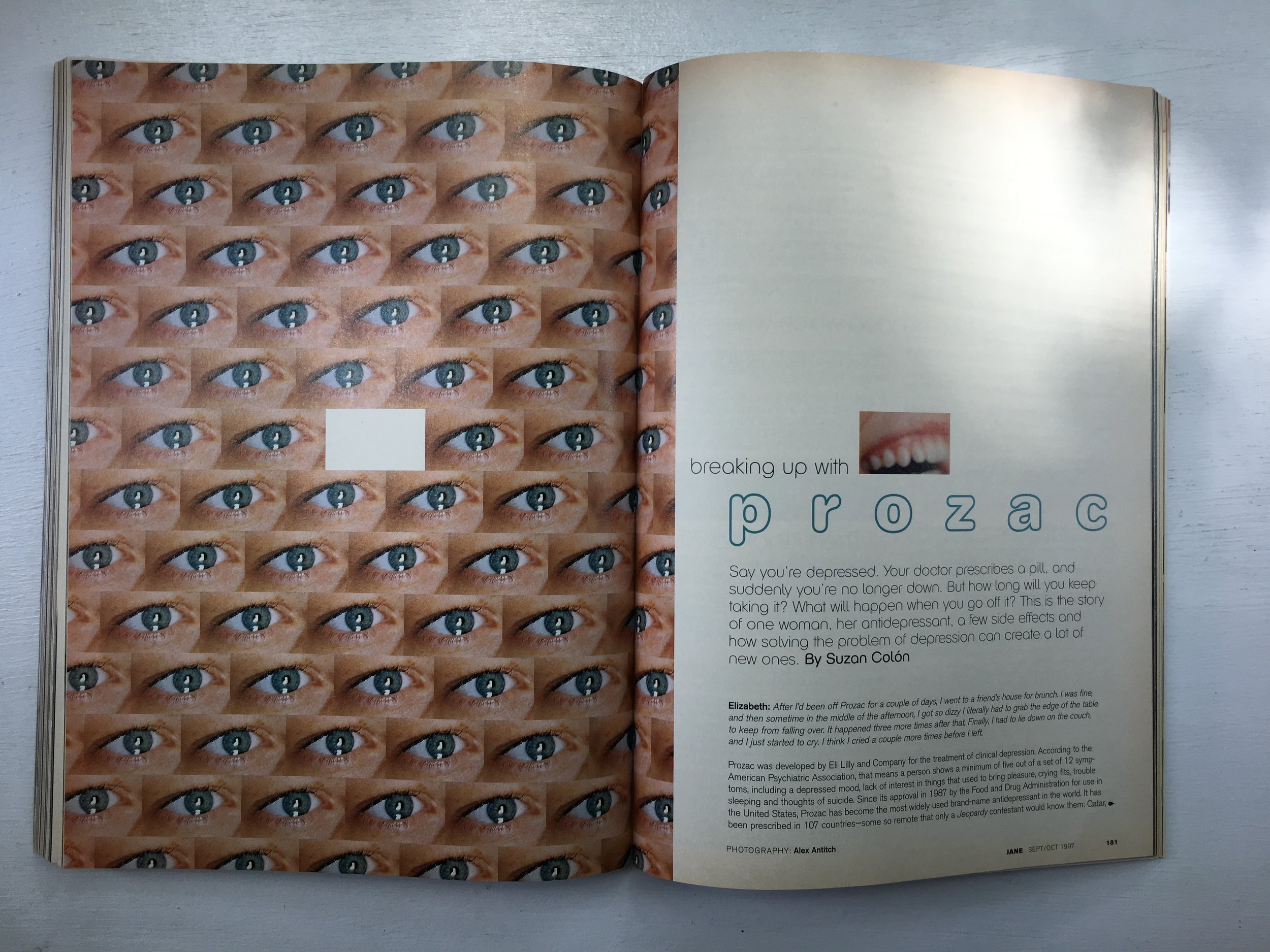
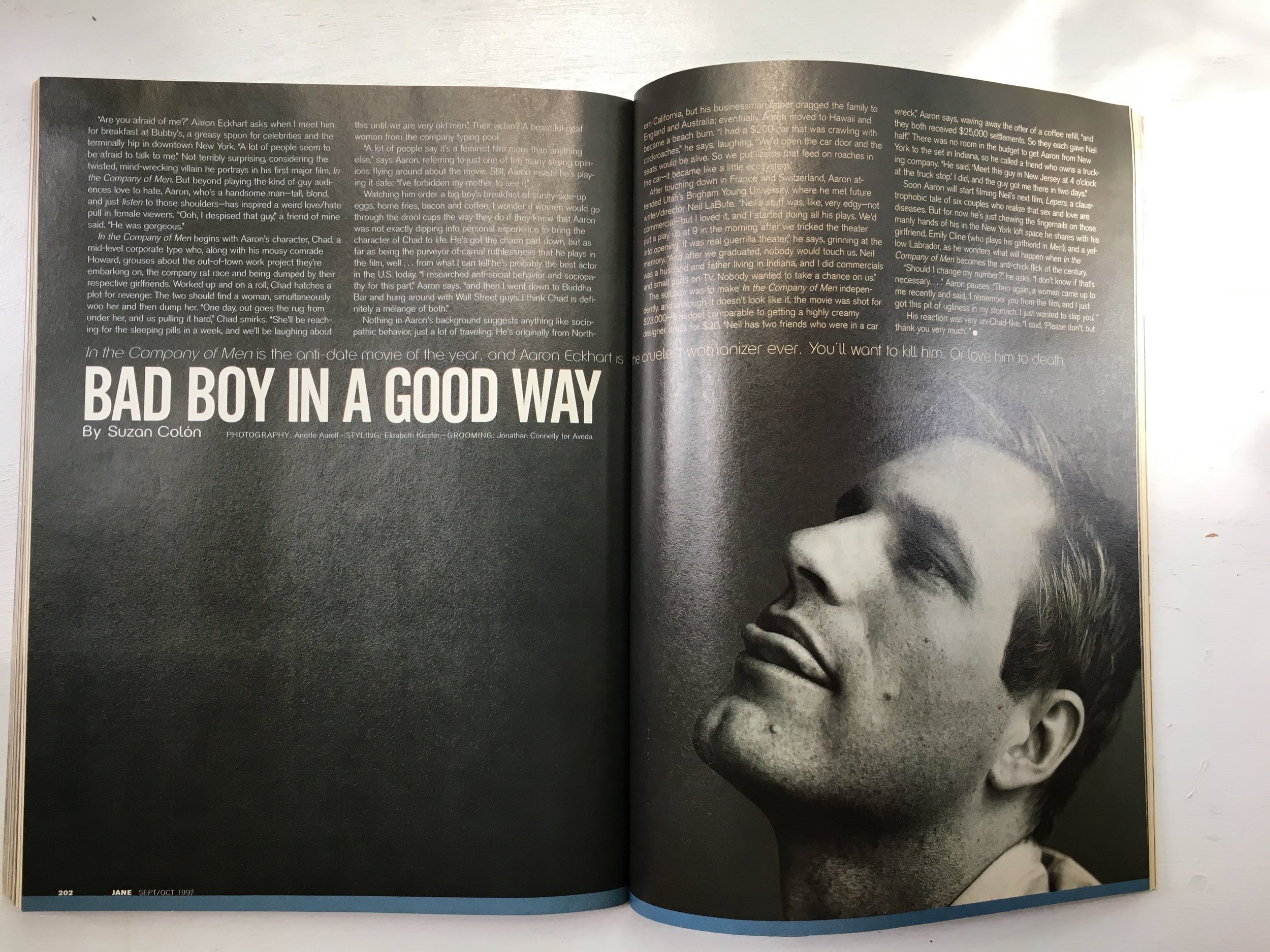

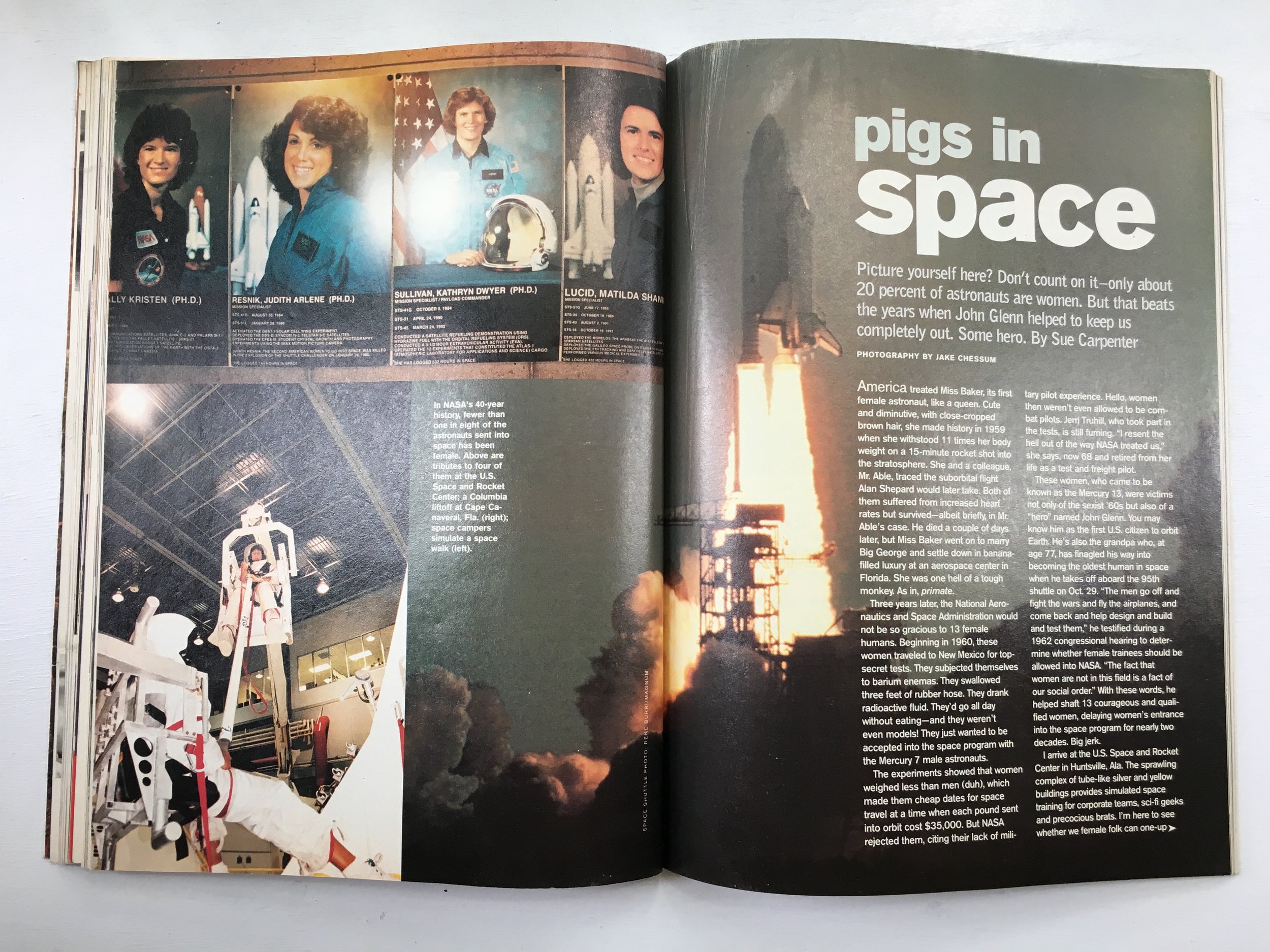
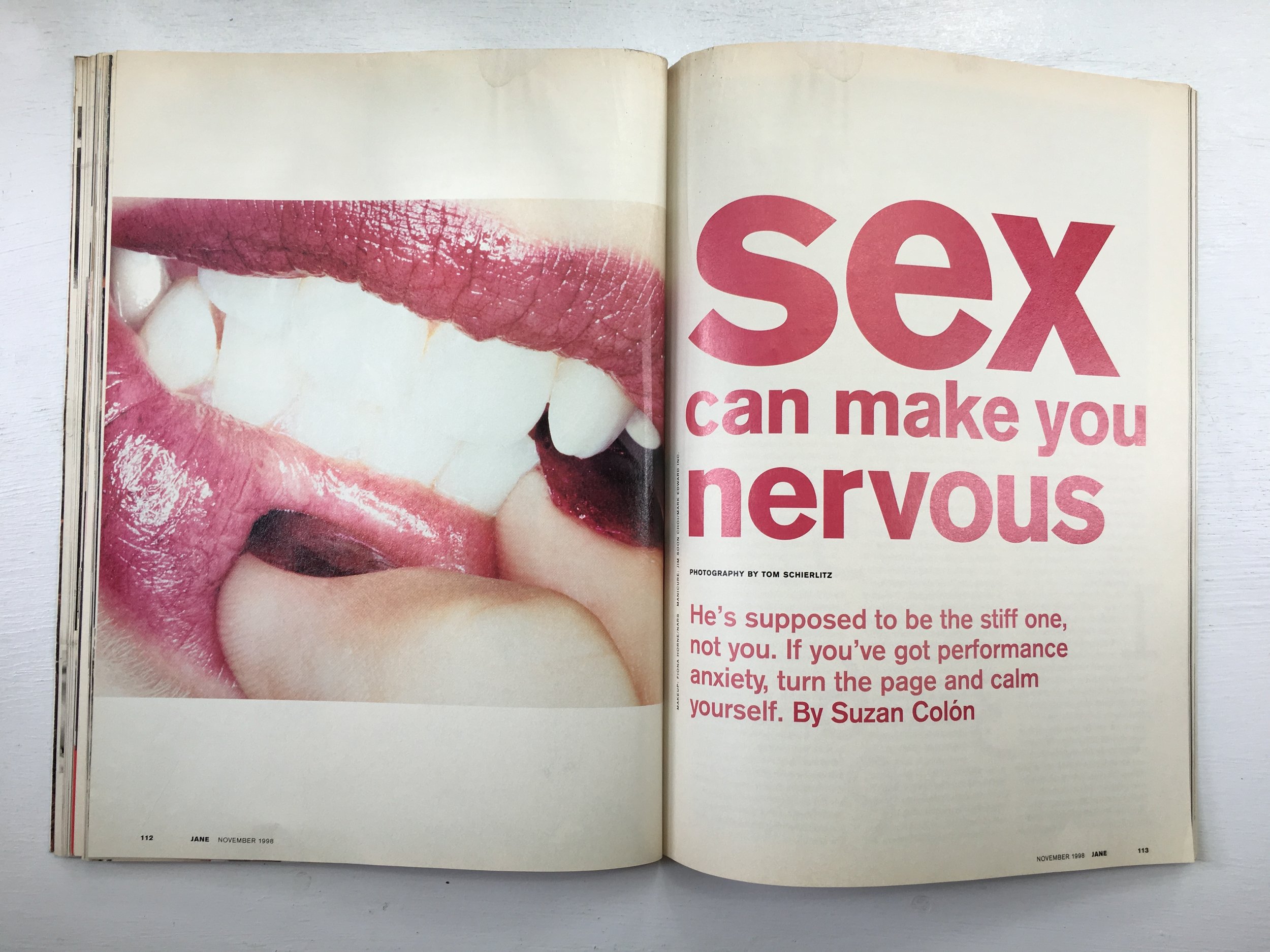
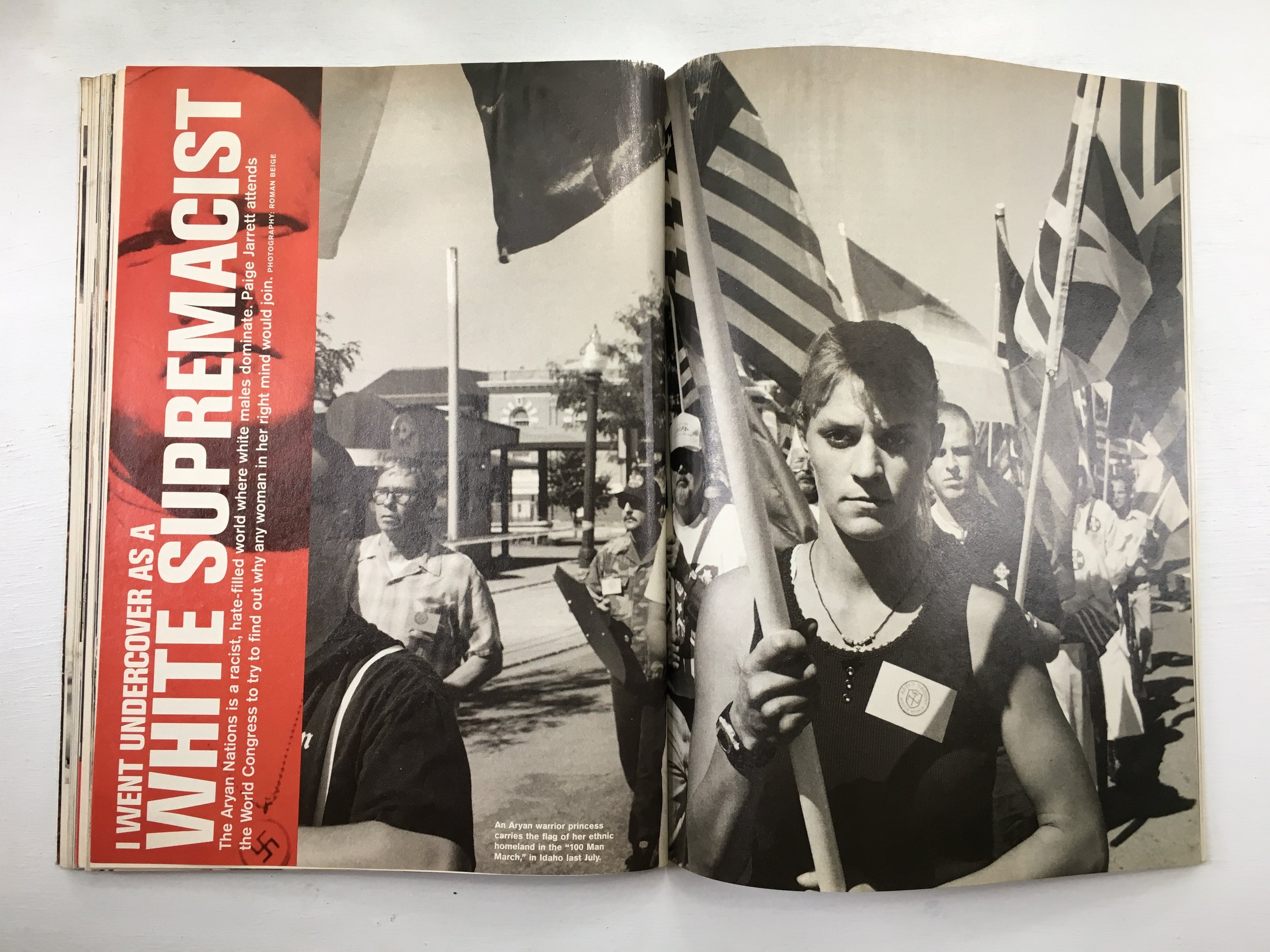
SPD: Do you know now who the creatives were?:
TPL: JANE PRATT, Editor-In-Chief; EDWARD LEIDA, Design Director; CARY ESTES LEITZES, Photo Editor; ELIZABETH RODRIGUEZ, Art Director.

